It’s hard not to love the traditions of the Christmas season. Getting together with loved ones, good food, the exchange of gifts and our favorite Christmas specials, on TV. I always liked a Charlie Brown’s Christmas. And of course there’s the Charles Dickens classic, “A Christmas Carol”, set against the vast brick factory buildings of Lowell, Massachusetts, along the Merrimack River.
Wait … What?
“I sincerely believe that the public institutions and charities of this capital of Massachusetts are as nearly perfect as the most considerate wisdom, benevolence, and humanity, can make them.”
Charles Dickens
The 29-year-old Charles Dickens was a well-known and popular author when he stepped onto the shores of Boston Harbor on January 22, 1842.
“The Pickwick Papers,” “Oliver Twist,” “Nicholas Nickleby”; all were behind the young author when he came to America, perhaps to write a travelogue, or maybe looking for material for a new novel.
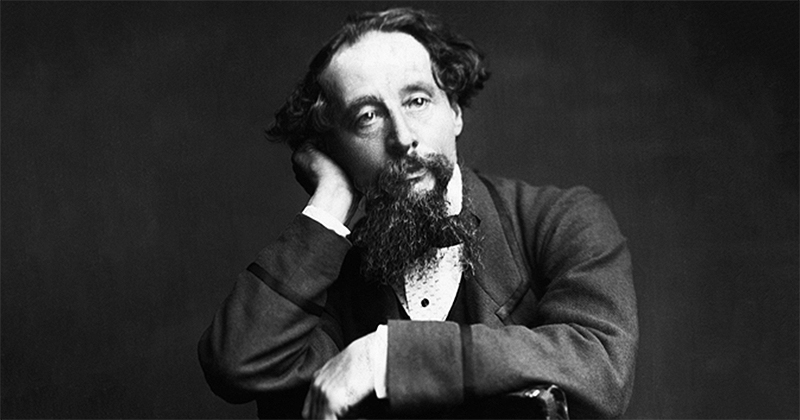
Dickens traveled to Watertown, to the Perkins School for the Blind, where Helen Keller and her teacher Anne Sullivan underwent a unique, mutual education, a half-century later. He also visited a school for neglected boys, in Boylston. He must have thought the charitable institutions in his native England suffered by comparison since he later wrote, “I sincerely believe that the public institutions and charities of this capital of Massachusetts are as nearly perfect as the most considerate wisdom, benevolence, and humanity, can make them.”
That February, the author took a train north to the factory town of Lowell, visiting the textile mills and speaking with the “mill girls”, the women who worked in those plants. Once again, Dickens seemed to believe that his native England suffered in the comparison. He spoke of the new buildings and the well dressed, healthy young women who worked there, no doubt comparing them with the degraded conditions then plaguing the teeming slums and of London.

When he left he brought with him a copy of “The Lowell Offering”, a literary magazine written by those same mill girls. He later described the volume as “four hundred good solid pages, which I have read from beginning to end.”
Over a century and a half later, Natalie McKnight, professor of English and dean at Boston University, read those same 400 pages Dickens read. She couldn’t help but notice similarities between the work of the mill girls and “A Christmas Carol,” published about a year and a half following Dickens’ visit. Chelsea Bray was a senior English major at the time. Professor McKnight asked her to read the same pages.
The research following research was published in the form of a thesis, later fleshed out to a full-length book:
“DICKENS AND MASSACHUSETTS
THE LASTING LEGACY OF THE COMMONWEALTH VISITS
HOW MASSACHUSETTS SHAPED DICKENS’S VIEW OF AMERICA”
EDITED BY DIANA C. ARCHIBALD AND JOEL J. BRATTIN
PUBLISHED MAY 1, 2015.
The book describes a number of similarities between the two works, making the argument that Dickens familiar story draws much from his experience in Lowell.
Charles Dickens’ masterpiece, A Christmas Carol, was published for the first time 173 years ago on this day, December 19, 1843.



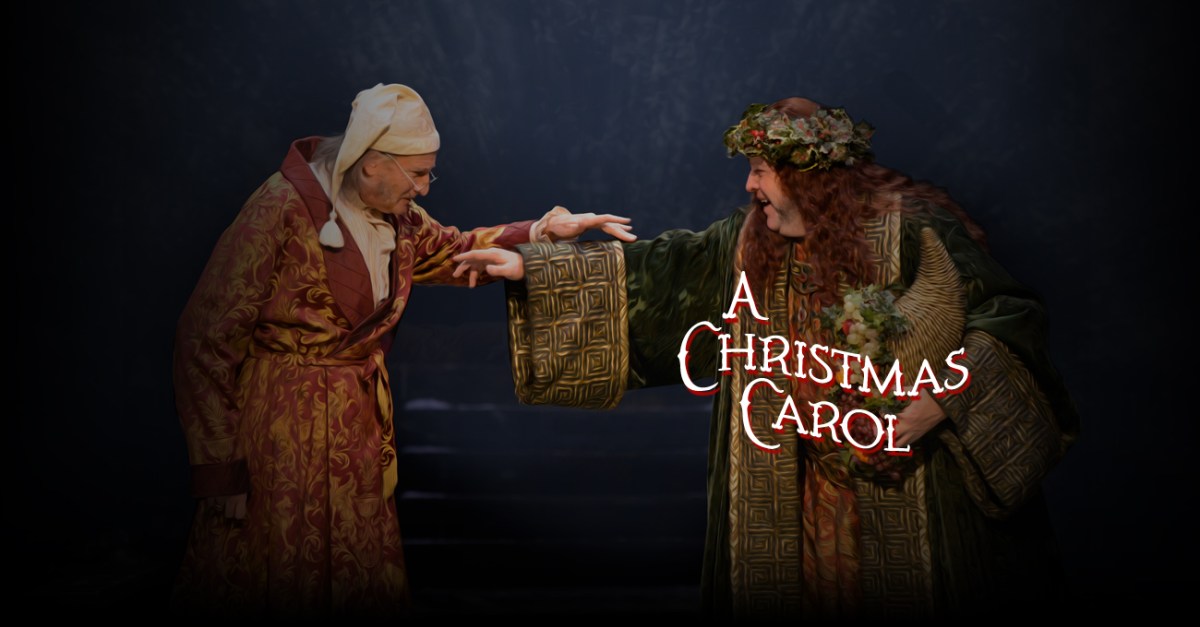

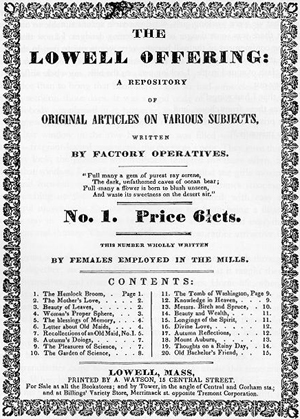 The celebrity novelist enjoyed the finest sights of Boston and New York, and took in a steamship ride, down the Mississippi. He visited one of the great wonders of the natural world, the spectacular Niagara Falls.
The celebrity novelist enjoyed the finest sights of Boston and New York, and took in a steamship ride, down the Mississippi. He visited one of the great wonders of the natural world, the spectacular Niagara Falls.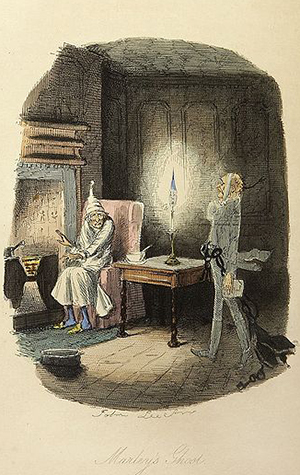

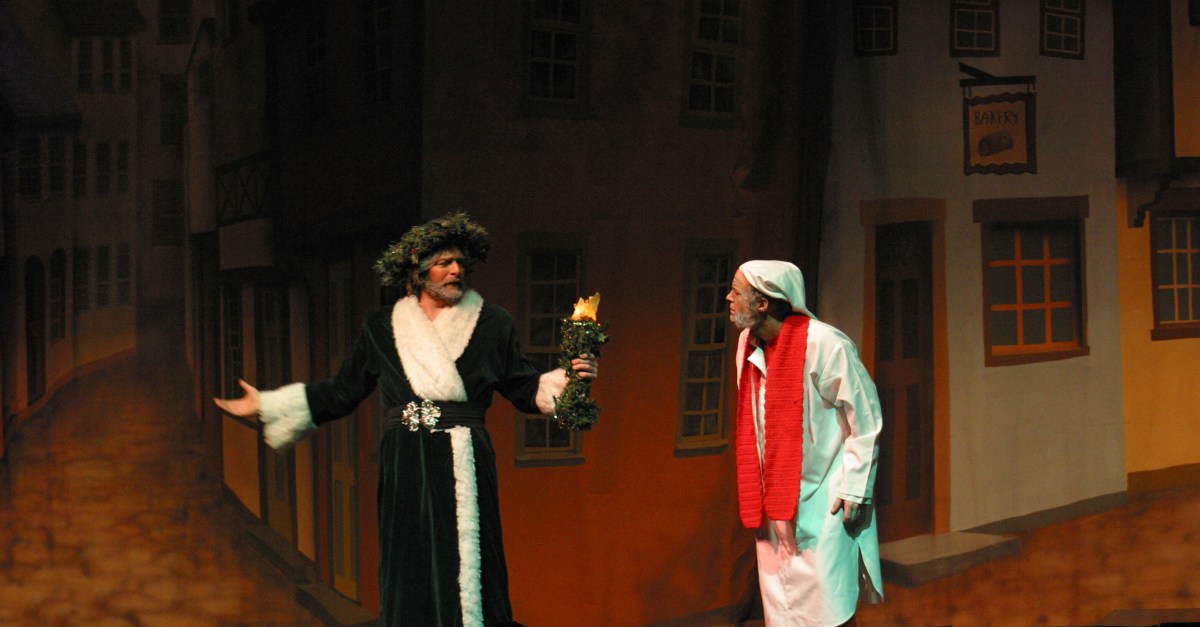
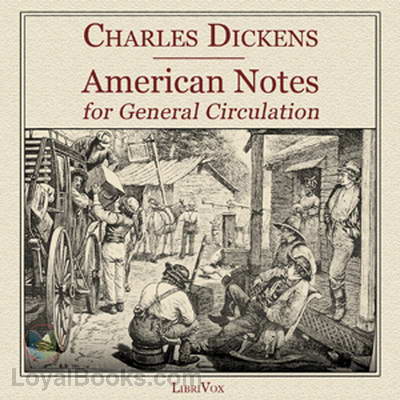
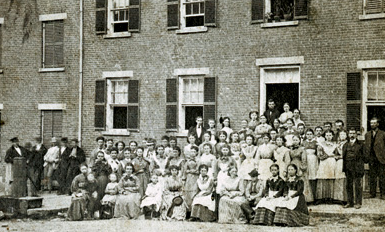 In February, Dickens took a train north to the factory town of Lowell, visiting the textile mills and speaking with the “mill girls”, the women who worked there. Once again, he seemed to believe that his native England suffered in the comparison. Dickens spoke of the new buildings and the well dressed, healthy young women who worked in them, no doubt comparing them with the teeming slums and degraded conditions in London.
In February, Dickens took a train north to the factory town of Lowell, visiting the textile mills and speaking with the “mill girls”, the women who worked there. Once again, he seemed to believe that his native England suffered in the comparison. Dickens spoke of the new buildings and the well dressed, healthy young women who worked in them, no doubt comparing them with the teeming slums and degraded conditions in London.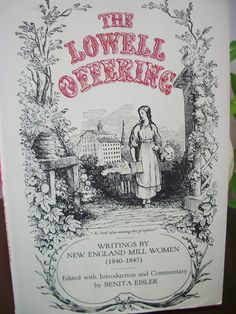 Dickens left with a copy of “The Lowell Offering”, a literary magazine written by those same mill girls, which he later described as “four hundred good solid pages, which I have read from beginning to end.”
Dickens left with a copy of “The Lowell Offering”, a literary magazine written by those same mill girls, which he later described as “four hundred good solid pages, which I have read from beginning to end.” The research which followed was published in the form of a thesis, later fleshed out to a full-length book:
The research which followed was published in the form of a thesis, later fleshed out to a full-length book:
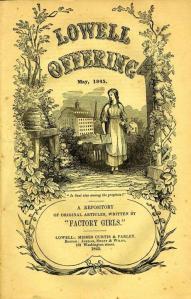 He left with a copy of “The Lowell Offering”, a literary magazine written by those same mill girls, which he later described as “four hundred good solid pages, which I have read from beginning to end.”
He left with a copy of “The Lowell Offering”, a literary magazine written by those same mill girls, which he later described as “four hundred good solid pages, which I have read from beginning to end.”
You must be logged in to post a comment.